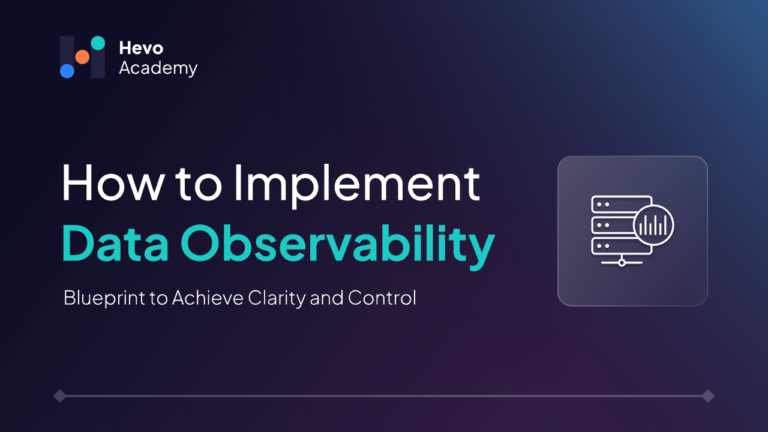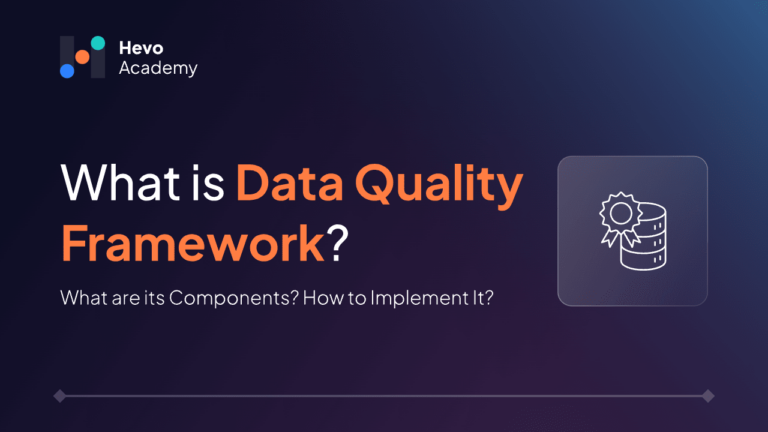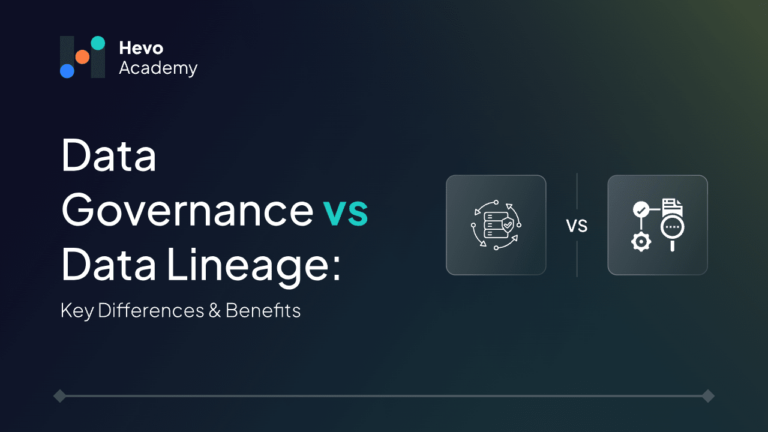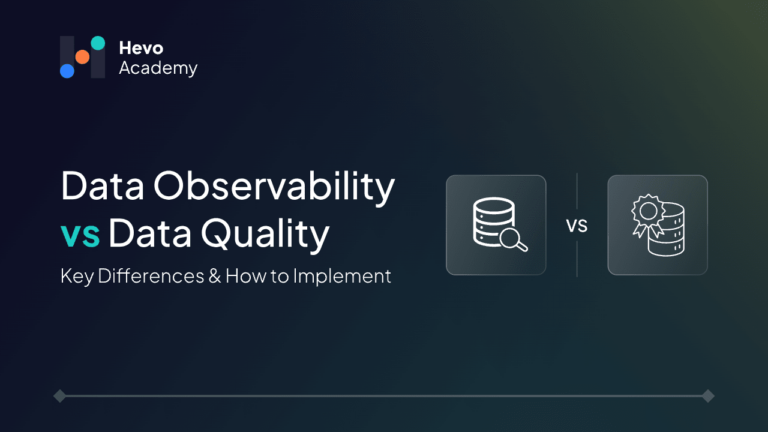Improving data visibility necessitates more than simply merging various tools. Understanding how to maximize earnings is essential. In today’s data-driven society, over 70% of businesses face issues with data quality that impede progress and innovation. This underscores the critical need for enforcing robust data observability practices. This highlights the urgent requirement for effective data observability methods.
Table of Contents
Data observability goes beyond just monitoring by providing a comprehensive overview of the status, source, and trustworthiness of your data. Picture yourself recognizing and fixing issues at an early stage to avoid future complications and enhance the smooth functioning of your company. With data growing in importance for strategic choices, it is crucial to prioritize adequate data observability in order to remain competitive.
Given the rising importance of data in strategic decision-making, it’s vital for companies to implement successful data observability practices to stay competitive. This article delves into how to implement data observability, offering a specific plan to enhance your data visibility and management effectively. By going beyond basic monitoring, you will discover “what is going awry and how to rectify it.”
Data Observability Overview
When engineers work on building a data pipeline, they encounter major obstacles like data quality problems, pipeline breakdowns, performance bottlenecks, and lack of visibility. In order to tackle these issues, different strategies could be attempted. However, data observability offers a streamlined and very efficient answer. It allows for real-time monitoring and full comprehension of your data environment, which helps to detect and resolve issues proactively.
What is the definition of data observability? Observing data involves monitoring and comprehending the health of your data system effectively. This involves understanding the reliability, newness, amount, structure, and origin of your data. Data observability, as opposed to traditional data monitoring, offers a comprehensive perspective of your entire data environment, so you can
- rapidly identify abnormalities
- deal with issues promptly.
- sustain the data quality to aid in making well-informed decisions.
Importance of Data Observability in Modern Data Management
It is about time that we focus on the quality of data. For what reason? Approximately 54% of professionals in data and analytics lack trust in the data they rely on for important decisions, highlighting the necessity for strong data management strategies. Conventional data monitoring systems manage tasks such as anomaly detection, tracking performance, and responding to incidents. Nevertheless, these systems are lacking when faced with the increasing complexity and amount of data. This is when data observability comes into play.
Data observability enhances data management by:
- Detecting data quality irregularities before they impact decision-making.
- Offering full transparency to comprehend the whole data journey, from inception to utilization.
- Enabling an investigation of the root cause to understand the underlying reasons rather than just focusing on the issue.
This comprehensive strategy is crucial for handling contemporary data environments. Introducing an organized method to attain data observability enhances the worth of data assets. By implementing strong observability methods, companies can uphold top-notch data quality, promote credibility, and confidently make well-informed choices.
Hevo Data, a No-Code Data Pipeline Platform, empowers you to ETL your data from a multitude of sources to Databases, Data Warehouses, or any other destination of your choice in a completely hassle-free & automated manner.
Check out what makes Hevo amazing:
- It has a highly interactive UI, which is easy to use.
- It streamlines your data integration task and allows you to scale horizontally.
- The Hevo team is available round the clock to extend exceptional support to you.
Hevo has been rated 4.7/5 on Capterra. Know more about our 2000+ customers and give us a try.
Get Started with Hevo for FreeWhat are the Five pillars of Data Observability?
To ensure the health and reliability of your data, data observability works on a five-pillar framework. Each pillar contributes to maintaining data quality and provides actionable insights. How? Below, we talk in detail about each pillar:
Data Freshness
Data freshness pertains to how recently the data was gathered, making sure that the information being utilized is current and up-to-date. Why is it so important? Using obsolete information may result in inaccurate assumptions and ineffective decision-making. For instance, using outdated customer data can lead to ineffective marketing tactics.
How to implement:
- Set up automated processes to oversee how often data is being updated.
- Create notifications for when data has not been updated within a specific time period.
- Frequently check and confirm the update timelines to make sure the information stays current.
Best advice: Utilize live data streams when available to ensure your data remains current at all time
Data Distribution
Data Distribution involves understanding the expected range and patterns of your data points. Why it’s critical? Skewed distributions can indicate potential issues, such as data manipulation or anomalies that may affect the credibility of research outcomes. For instance, monitoring sales data to confirm it follows expected seasonal patterns.
How to implement:
- Frequently use histograms or box plots to visually represent data distributions.
- Establish standards for anticipated data values and trends.
- Create notifications for deviations in distributions as anticipated.
Best Advice: Utilize statistical techniques for ongoing observation and analysis of data distribution trends.
Data Volume
Data Volume assesses the amount of data being handled and verifies it meets the anticipated levels. What makes it so important? Rapid shifts in data volume may indicate issues such as duplication or absence of sources, which can jeopardize data integrity. For instance, observing daily data uploads to identify notable decreases or increases.
How to implement:
- Set standard measurements for typical data quantities.
- Establish notifications for notable variances from these standard measurements.
- Keep a constant watch on data intake procedures to uphold anticipated quantities.
Best advice: Utilize flexible storage options to manage changes in data quantity while maintaining optimal performance.
Data Schema
Data Schema is the way data is organized and formatted, determining its structure and layout. Why is it so crucial? Failing to meticulously monitor modifications to the schema can cause interruptions in the data pipeline and result in processing errors. For example, Ensuring that the incoming data format matches the expected structure.
How to Implement:
- Utilize schema validation tools to automatically confirm changes to the data structure.
- Set up alerts for any modifications detected in the schema.
- Make sure the schema definitions are stored in version control to track any modifications made over time.
Best advice: Regularly review and update schema documentation to reflect the current state of your data structures accurately.
Data Lineage
Data Lineage traces the source and changes of data during its entire existence. What makes it so crucial? Recognizing the source and history of your data is key to spotting errors and promoting responsible data management. For instance, Monitoring the origin and evolution of data from its source to the final report.
How to implement:
- Create tools for tracking lineage that offer visual representations of how data is moved among different points.
- Consistently check data lineage documentation to ensure it is both accurate and complete.
- Make sure that information about lineage is easily accessible to the right people to improve understanding.
Best advice: Combine data lineage monitoring with your data governance strategies for thorough oversight.
Key Components of Data Observability
Data observability relies on several key components—metrics, logs, traces, events, and alerts—that together provide a holistic view of data health and system performance.
1. Metrics are quantitative measurements that track the performance and health of systems over time (e.g., response times, error rates, resource utilization). Metrics provide a high-level overview of system performance, enabling teams to identify trends and potential issues before they escalate.
2. Logs are detailed records of occurrences in a system, recording all aspects from user activities to system malfunctions. Logs provide detailed information, which is crucial for identifying and solving problems. They assist in pinpointing underlying reasons for problems that metrics alone may not uncover.
3. Traces tracks the path of requests across different services in a distributed system, recording timing details for each stage. Traces aid in illustrating connections between components, uncovering bottlenecks in performance and errors in the request cycle, offering a comprehensive outlook on how components interact.
4. Events are significant occurrences that happen within a system, such as deployments, configuration changes, or user interactions. Tracking events allows teams to correlate changes in system behavior with specific actions, helping to diagnose issues more effectively.
5. Notifications triggered by predefined thresholds or anomalies detected in metrics, logs, or traces. Alerts provide immediate knowledge of possible problems, enabling teams to react promptly before they affect users or operations.
Steps to Implement Data Observability
Once your company understands how to implement data observability, it can create a solid foundation. This ten-step approach enhances the ability to effectively manage data quality and fosters accountability within various teams. To effectively handle the implementation of data observability, we should fully investigate each stage.
Define Your Objectives: Specify your objectives: Define the goals for your data observability framework, focusing on data quality and reliability targets. Involve stakeholders from different departments in order to collect their individual requirements and anticipated outcomes.
Expected Results: Clearly defined objectives that are in line with company objectives, to ensure all teams are aware of the intention behind data observability initiatives.
Assess Your Current Data Infrastructure: Evaluate your current data infrastructure by analyzing current data systems, processes, and tools to uncover strengths and weaknesses. Evaluate your data environment thoroughly, examining its sources, processing techniques, and storage options.
Expected Results: Achieving a comprehensive grasp of existing strengths and weaknesses to guide the development of your monitoring system.
Set Up Data Collection: Develop protocols for gathering information from various outlets to ensure comprehensive supervision. Establish connections with different data sources and build data pipelines to simplify the collection process.
Expected Results: A data collection system that is effective and provides immediate updates on data flow and status.
Implement Monitoring and Alerts: Develop systems for ongoing data monitoring and establish notifications for irregularities or problems. Use monitoring tools to monitor important metrics and establish alerts based on business needs.
Expected Results: Identifying issues beforehand to respond promptly and prevent escalation.
Visualization and Analysis: Develop dashboards and visualizations for easy analysis of metrics in order to ensure data observability. Use data visualization tools to create user-friendly dashboards showing key metrics in real-time.
Expected Results: Enhanced data quality visibility, enabling stakeholders to make informed decisions with concise insights.
Ensure Security and Compliance: Ensure the safeguarding of confidential information and compliance with regulations through the implementation of security protocols. Enforce security measures and continuously oversee your data operations.
Expected Results: Creating a secure data environment to minimize the chances of data breaches and regulatory violations.
Promote Collaboration Across Teams: Support communication among teams that handle data management and analysis. Arrange frequent meetings or workshops to exchange ideas, address obstacles, and work together on finding solutions.
Expected Results: Improved teamwork and an environment where everyone takes ownership of maintaining data accuracy.
Train and Onboard Staff: Equip team members with the essential expertise and abilities to efficiently utilize new observability tools. Provide training programs that cover theoretical concepts as well as practical application.
Expected result: A knowledgeable team capable of implementing data observability methods to improve decision-making.
Measure Success: Continuously evaluate the effectiveness of your data observability framework against defined objectives. Regularly track key performance indicators (KPIs) related to data quality, system performance, and user satisfaction.
Expected Results: Insights into the success of your implementation efforts, allowing for adjustments to improve outcomes further.
Iterate and Improve: Regularly assess how well your data observability framework is meeting its specified goals. Consistently monitor critical performance metrics (KPIs) associated with data accuracy, system efficiency, and user contentment.
Expected Results: Understanding the effectiveness of your implementation endeavors, enabling modifications to enhance results even more.
List of Data Observability Tools
Here are a few leading data observability tools that can help you implement data observability and improve the organization’s capacity to monitor and manage data efficiently:
Secoda

Secoda is an all-in-one data management platform that consolidates data cataloging, monitoring, lineage, and documentation. Users appreciate its intuitive design and ease of integration with existing tools. This platform simplifies the data stack by integrating functionalities like automated incident detection, impact analysis, and machine learning-based monitoring.
Use case: Useful for companies seeking to simplify data procedures and improve data accuracy with automated surveillance and alert systems. Secoda’s easily navigable interface enables teams to seamlessly access their complete data stack, providing a scalable solution for expanding businesses.
Datadog
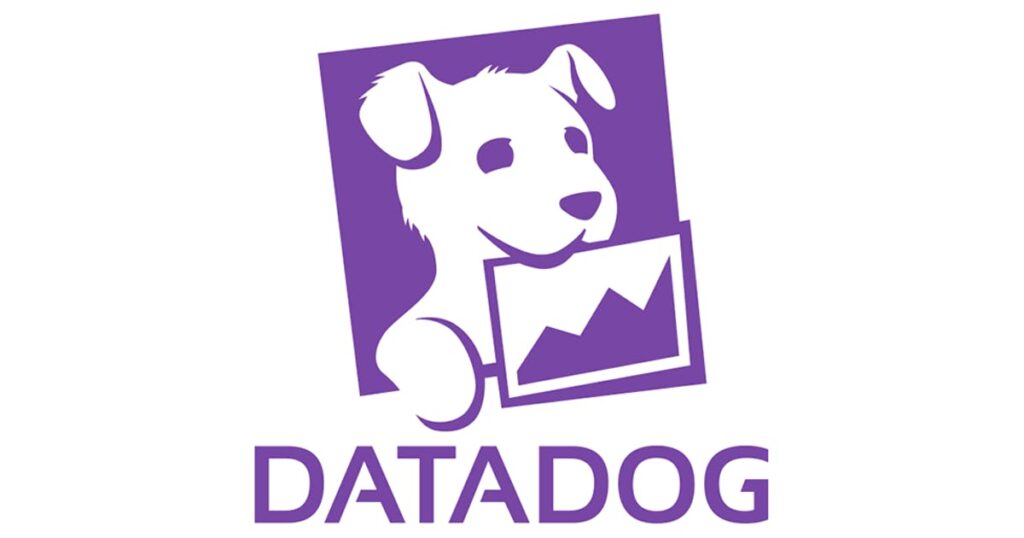
Datadog is a cloud-based monitoring platform that operates in the cloud and offers live insight into the performance of applications, infrastructure, and networks. Its strong selection of features and immediate alert notifications are highly appreciated by users. The platform offers over 600 integrations for seamless data capture, intuitive dashboards for visualization, and advanced alerting capabilities.
Use case: Ideal for businesses needing comprehensive monitoring across cloud environments and on-premises servers, especially in complex IT ecosystems. Datadog’s AI-powered anomaly detection helps teams quickly identify issues, reducing downtime and improving operational efficiency.
Dynatrace

Dynatrace is an AI-powered observability platform that offers real-time monitoring and analysis of applications and infrastructure. Users commend its powerful AI capabilities that simplify troubleshooting. The platform includes automatic discovery of services, real-time topology mapping, and automated root-cause analysis.
Use case: Ideal for companies needing full visibility across hybrid cloud environments to enhance application performance. Dynatrace streamlines various observability tasks, enabling teams to concentrate on strategic initiatives instead of manual monitoring tasks.
Grafana

Grafana is a platform for data visualization that is open-source and allows users to build real-time dashboards to monitor metrics, logs, and traces. Its flexibility and customization options are adored by users. It enables the visualization of performance metrics through customizable dashboards and supports various data sources.
Use case: Good for teams who require a versatile solution to display intricate data sets and track system status in real-time. The user-friendly graphical interface is easy for all levels of skill, yet offers advanced features for thorough analysis. Moreover, active support from the community helps solve problems promptly and exchange best practices.
Conclusion
Your organization’s information is extremely valuable, and simple monitoring is not enough to maintain its integrity. In the complex data environment of today, comprehensive data observability is essential. It allows you to anticipate problems, track data origins, and ensure data precision. This system improves data management and helps with making decisions more effectively. The professionals at Hevo Data can provide help with the complex task of integrating data observability. We specialize in managing and supervising your data integration process, enabling you to focus on analyzing data and making well-informed decisions.
Connect with us now to transform your data integration experience.
FAQs
1. What is your approach to incorporating observability into your workload?
To incorporate observability, start by evaluating your data structure to identify gaps. Select tools offering real-time insights and detailed visualizations. Set key metrics and configure alerts for anomalies. Implement continuous monitoring and create comprehensive dashboards. Regularly review and refine your observability strategies to adapt to evolving business needs.
2. What distinguishes data monitoring from observability?
Monitoring focuses on tracking specific metrics and events to ensure system operation. In contrast, observability offers a comprehensive view of the data environment, allowing proactive detection of problems and understanding the causes of anomalies. Observability enhances data quality and reliability by being more proactive than mere monitoring.
3. What is the significance of data observability?
Data observability involves the ability to monitor and understand the health of a data environment. This involves grasping the accuracy, timeliness, quantity, format, and origin of data. This approach extends beyond typical monitoring by offering a thorough view of the data set, allowing for early identification of discrepancies, speedy problem-solving, and efficient data management for informed decision-making.
